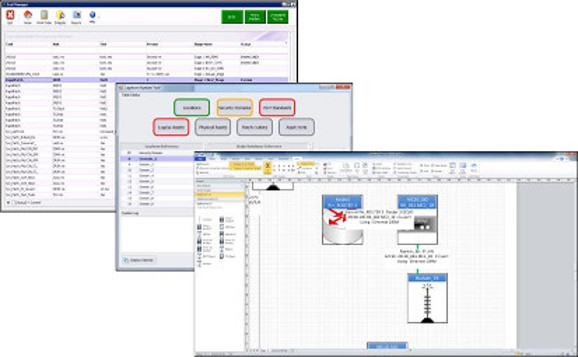Open Architecture Test Beds






Efficient Systems Integration
In order to achieve fieldable systems in short timescales, we have developed agent-based protocols to control legacy, future devices and applications over both synchronous and asynchronous communications protocols.
This approach has demonstrated its ability to interface and integrate with standalone applications in a way that allows near real-time Command and Control with a user who may not have high degrees of technical knowledge. This enhances the ability of customers to field effective systems quickly, without significant need for re-development.
To achieve this we utilise the functionality of sandboxing systems, such as VirtualBox VMs and Docker Containers. Using sandboxed containers we can provide a system of services which are scalable and replicable across existing infrastructure without the need to purchase new expensive hardware to complete a project.
In order to integrate services between sandboxes we use our knowledge of REST APIs and open source communications protocols such as ZeroMQ and MQTT.
Working within Open Architectures
The key to mobilising a system quickly to make use of what has already been developed and work to well-defined open standards.
In fact, this is key to the way we work. We maximise our adoption of both open standards and open source toolsets wherever possible. Why? This approach allows the customer to benefit from reduced time to market and cuts the amount of new development required to fulfil a particular requirement.
With our experience of current open source projects and solutions we are able to quickly design and build a working architecture. Some of the tools we regularly employ are:
- REST APIs for server-server and client-server interactions;
- MQTT/ZeroMQ message brokers for communications and data transfer;
- MongoDB and RethinkDB for lightweight JSON data storage;
- MariaDB and MySQL for traditional relational database solutions.
We have worked on many open architecture projects where collaboration with businesses is essential to achieve a project’s goals.

